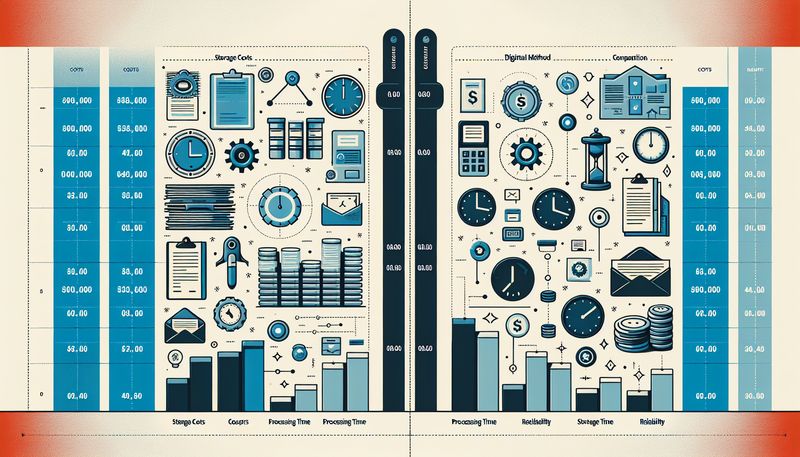A Cost-Effective Solution to IP Protection: Digital Timestamps
03 April 24
Protecting your intellectual property (IP) is more crucial than ever in this digital age. But traditional legal routes for IP protection can be lengthy and expensive. This is where Digital Time Stamps comes into play as a cost-effective solution for IP protection.
With Digital Time Stamps, you can store an encrypted fingerprint of your work on the blockchain. This acts as a notarization of your idea, proving that you had the IP at a specific point in time. This breakthrough technology simplifies the IP protection process, bypassing the need for expensive legal avenues.
Our service at Digital Time Stamps includes creating unique digital signatures to protect against file tampering. These signatures serve as proof that a file's contents haven't been altered since the time of its creation. This essentially gives you a rock-solid proof of ownership that can be presented in any legal dispute related to your IP.
Timestamps can be processed in a matter of seconds, providing you an immediate solution for IP protection. A list of processed files, their timestamp proofs, and transaction history is readily available. Verifications are free of charge, and anyone can verify a file without needing to create an account.
What makes our service particularly trust-worthy is that we leverage the decentralized and publicly auditable Bitcoin blockchain. This means that our system is not only cost-effective at just $2.50 per file, but also reliable and transparent.
Our timestamping process is near-instantaneous, avoiding the wait for Bitcoin confirmations. Hence, whether you are sharing a document, securing file integrity, or ensuring video integrity, Digital Time Stamps offers a quick and affordable solution for IP protection.
In conclusion, when it comes to safeguarding your intellectual property, Digital Time Stamps is a game-changer. It's not just a cost-effective solution. It's a smarter, faster, and more reliable solution for IP protection in the digital age.

